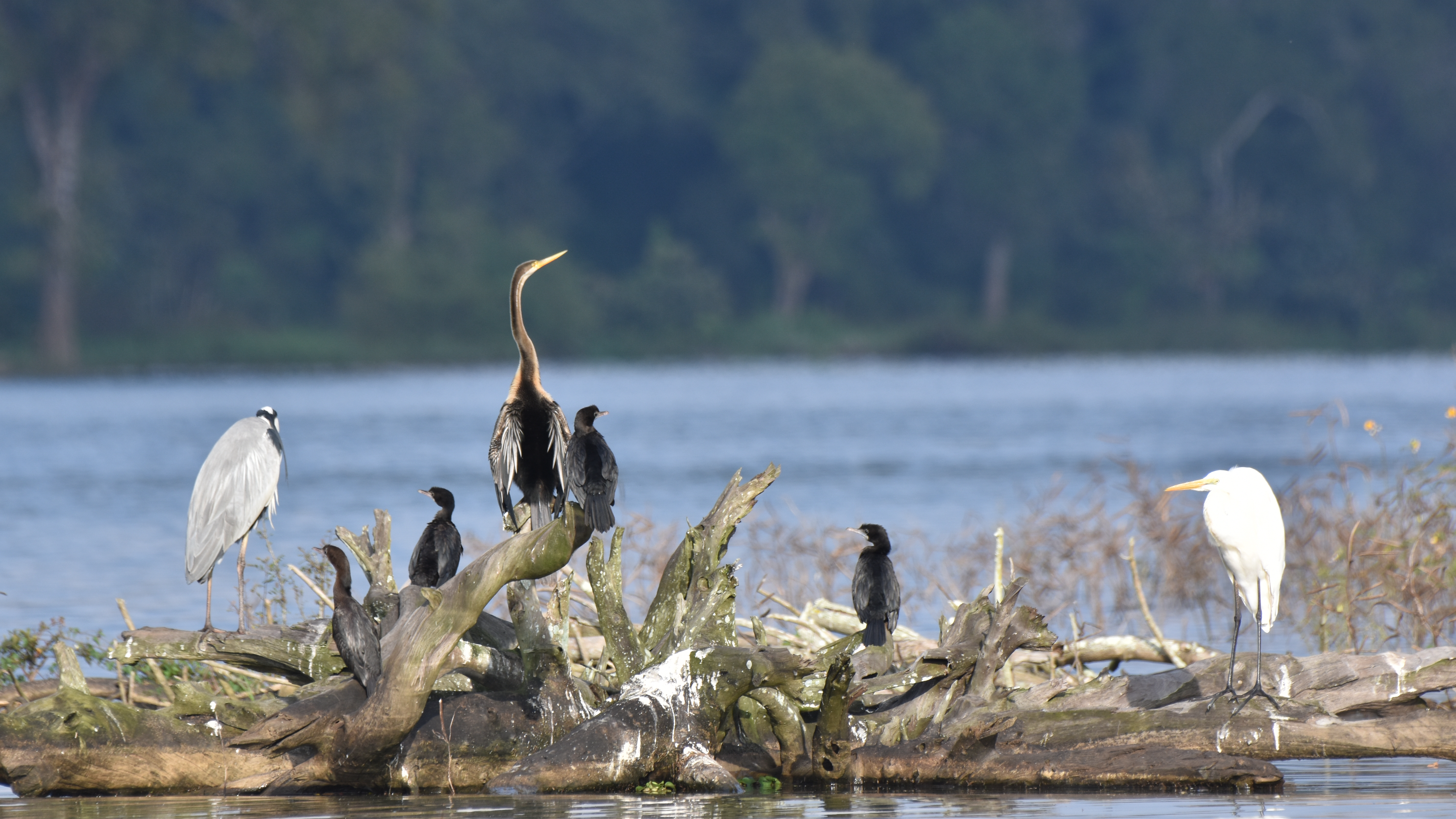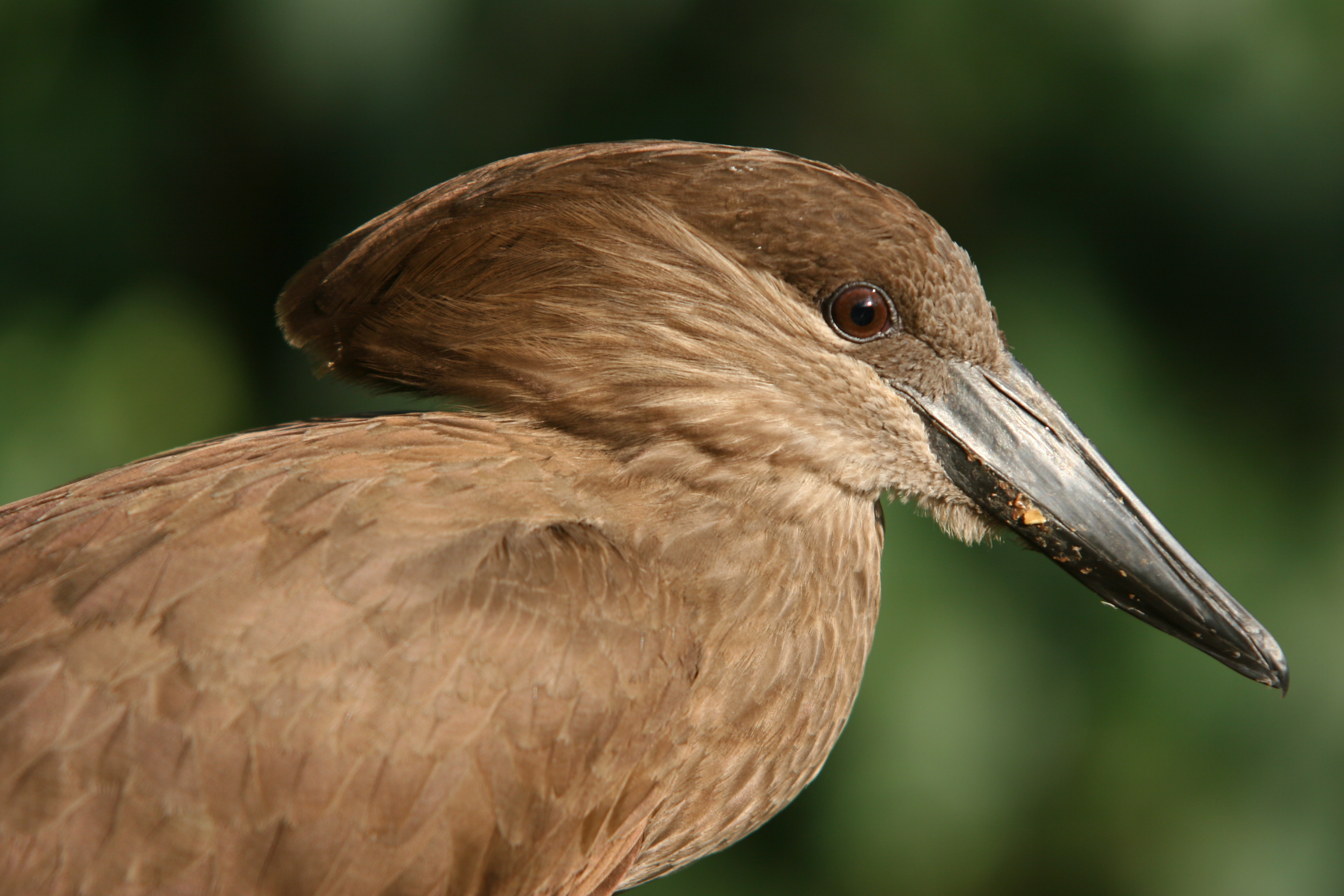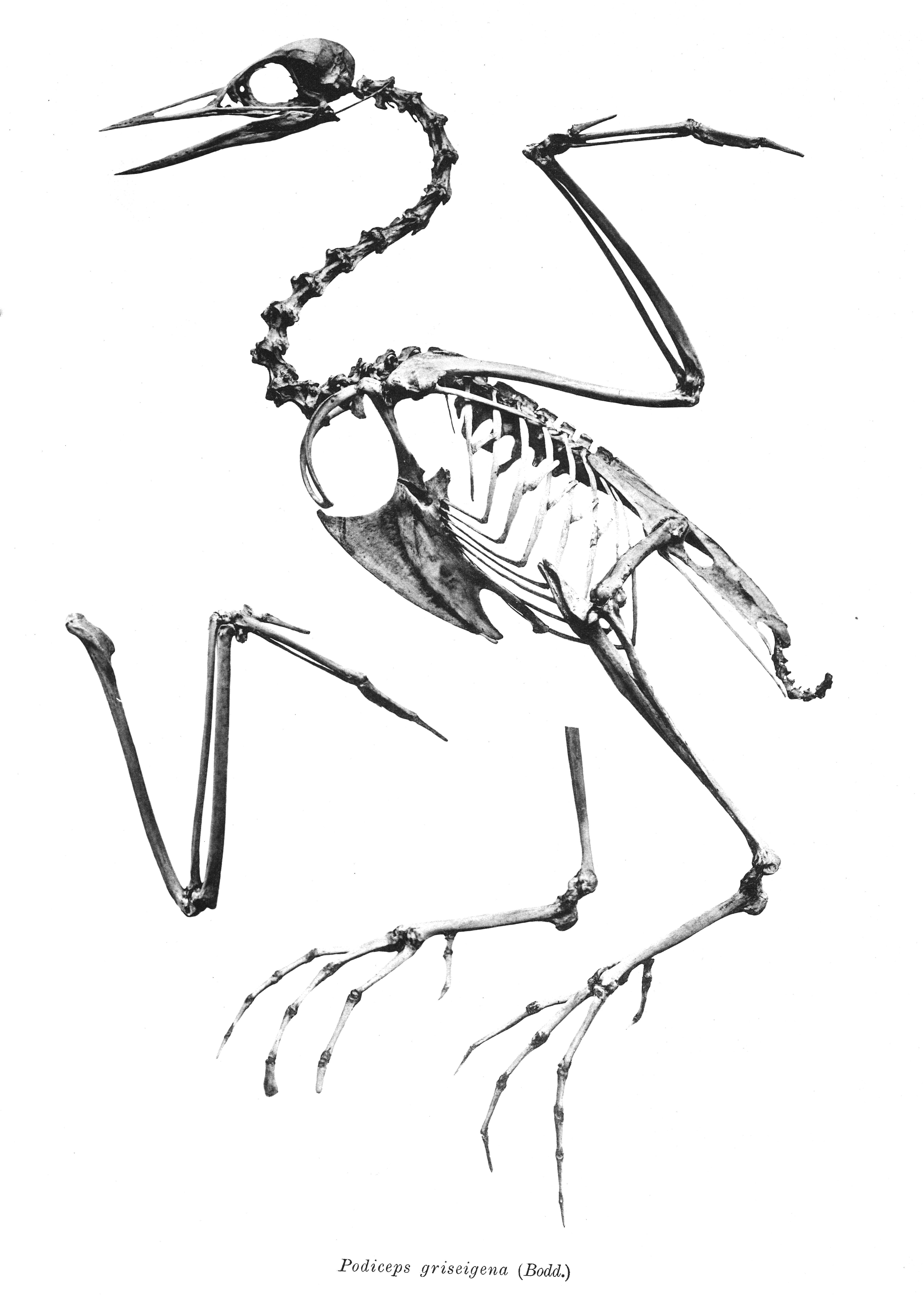|
Wading Bird
Birders in Canada and the United States refer to several families of long-legged wading birds in semi-aquatic ecosystems as waders. These include the families Phoenicopteridae (flamingos), Ciconiidae (storks), Threskiornithidae (ibises and spoonbills), Ardeidae (herons, egrets, and bitterns), and the extralimital families Scopidae (hamerkop) and Balaenicipitidae (shoebill) of Africa. Elsewhere in the world, the word refers to what North Americans call a " shorebird", various families of the order Charadriiformes. In the past all of these families were classified in the order Ciconiiformes based on overall similarity in anatomy and ecology, as well as some molecular data. Sibley, Charles G., and Ahlquist, Jon E. 1991. Phylogeny and Classification of Birds: A Study in Molecular Evolution'. Yale University Press. . Accessed January 4, 2021. However recent genomic studies have found that this group to be polyphyletic, with flamingos being more closely related to grebes while i ... [...More Info...] [...Related Items...] OR: [Wikipedia] [Google] [Baidu] |
Great Egret
The great egret (''Ardea alba''), also known as the common egret, large egret, great white egret, or great white heron, is a large, widely distributed egret. The four subspecies are found in Asia, Africa, the Americas, and southern Europe. Recently, it has also been spreading to more northern areas of Europe. Distributed across most of the Tropics, tropical and warmer temperate regions of the world, it builds tree nests in colonies close to water. Taxonomy The great egret was Species description, formally described in 1758 by the Swedish naturalist Carl Linnaeus in the 10th edition of Systema Naturae, tenth edition of his ''Systema Naturae'' under the binomial nomenclature, binomial name ''Ardea alba''. He specified the type locality (biology), type locality as Europe. The scientific name comes from Latin ''ardea'', "heron", and ''alba'', "white". Like all egrets, it is a member of the heron family (biology), family, Ardeidae. Traditionally classified with the storks in the ... [...More Info...] [...Related Items...] OR: [Wikipedia] [Google] [Baidu] |
Hamerkop
The hamerkop (''Scopus umbretta'') is a medium-sized bird. It is the only living species in the genus ''Scopus (bird), Scopus'' and the family (biology), family Scopidae. The species and family was long thought to sit with the Ciconiiformes but is now placed with the Pelecaniformes, and its closest relatives are thought to be the pelicans and the shoebill. The shape of its head with a long bill and crest at the back is reminiscent of a hammer, which has given this species its name after the Afrikaans word for hammerhead. It is a medium-sized waterbird with brown plumage. It is found in mainland Africa, Madagascar and Arabia, living in a wide variety of wetlands, including estuaries, lakesides, fish ponds, Bank (geography), riverbanks, and rocky coasts. The hamerkop is a sedentism, sedentary bird that often shows local movements. The hamerkop takes a wide range of prey, mostly fish and amphibians, but shrimps, insects and rodents are taken too. Prey is usually hunted in shallow wa ... [...More Info...] [...Related Items...] OR: [Wikipedia] [Google] [Baidu] |
Arthur Cleveland Bent
Arthur Cleveland Bent (November 25, 1866 – December 30, 1954) was an United States of America, American ornithology, ornithologist. He is notable for his encyclopedic 21-volume work, ''Life Histories of North American Birds'', published 1919-1968 and completed posthumously. Bent was brought up in Taunton, Massachusetts, where he became interested in birds as a child. He was later successful in business and traveled throughout North America, acquiring an extensive knowledge of its avifauna. From 1901 he was contributing papers to ''The Auk'', the journal of the American Ornithologists' Union. Following a request from the Smithsonian Institution in 1910, Bent started work on the project that would dominate the rest of his life. Using his own experiences, the published literature, and contributions from hundreds of others, he put together what was at the time by far the most comprehensive repository of knowledge about the biology of the birds of North America. His accounts were p ... [...More Info...] [...Related Items...] OR: [Wikipedia] [Google] [Baidu] |
Pelican
Pelicans (genus ''Pelecanus'') are a genus of large water birds that make up the family Pelecanidae. They are characterized by a long beak and a large throat pouch used for catching prey and draining water from the scooped-up contents before swallowing. They have predominantly pale plumage, except for the Brown pelican, brown and Peruvian pelicans. The bills, pouches, and bare facial skin of all pelicans become brightly coloured before the breeding season. The eight living pelican species have a patchy, seasonally-dependent yet global distribution, ranging latitude, latitudinally from the tropics to the temperate zone. Pelicans are absent from interior Amazon Rainforest, Amazonian South America, from polar regions and the open ocean; at least one species is known to migrate to the inland desert of Australia's Red Centre, after heavy rains create temporary lakes. White pelicans are also observed at the American state of Utah's Great Salt Lake, for example, some 600 miles (965&n ... [...More Info...] [...Related Items...] OR: [Wikipedia] [Google] [Baidu] |
Grebe
Grebes () are aquatic diving birds in the order (biology), order Podicipediformes (). Grebes are widely distributed freshwater birds, with some species also found in sea, marine habitats during Bird migration, migration and winter. Most grebes fly, although some flightless species exist, most notably in stable lakes. The order contains a single family (biology), family, the Podicipedidae, which includes 22 species in six extant genus, genera. Although, superficially, they resemble other diving birds such as loons and coots, they are most closely related to flamingos, as supported by morphology (biology), morphological, molecular and paleontology, paleontological data. Many species are monogamy in animals, monogamous and are known for their courtship displays, with the pair performing synchronized dances across the water's surface. The birds build floating vegetative nests where they lay several eggs. About a third of the world's grebes are listed at various levels of conservatio ... [...More Info...] [...Related Items...] OR: [Wikipedia] [Google] [Baidu] |
Polyphyly
A polyphyletic group is an assemblage that includes organisms with mixed evolutionary origin but does not include their most recent common ancestor. The term is often applied to groups that share similar features known as homoplasies, which are explained as a result of convergent evolution. The arrangement of the members of a polyphyletic group is called a polyphyly .. ource for pronunciation./ref> It is contrasted with monophyly and paraphyly. For example, the biological characteristic of warm-bloodedness evolved separately in the ancestors of mammals and the ancestors of birds; "warm-blooded animals" is therefore a polyphyletic grouping. Other examples of polyphyletic groups are algae, C4 photosynthetic plants, and edentates. Many taxonomists aim to avoid homoplasies in grouping taxa together, with a goal to identify and eliminate groups that are found to be polyphyletic. This is often the stimulus for major revisions of the classification schemes. Researchers concerned m ... [...More Info...] [...Related Items...] OR: [Wikipedia] [Google] [Baidu] |
Jon Edward Ahlquist
Jon Edward Ahlquist (27 July 1944 –7 May 2020 ''The Huntsville Times,'' 9–10 May 2020.) was an American molecular biologist and who has specialized in . He collaborated extensively with Charles Sibley, primarily at . ... [...More Info...] [...Related Items...] OR: [Wikipedia] [Google] [Baidu] |
Charles Sibley
Charles Gald Sibley (August 7, 1917 – April 12, 1998) was an American ornithologist and molecular biologist. He had an immense influence on the scientific classification of birds, and the work that Sibley initiated has substantially altered our understanding of the evolutionary history of modern birds. Sibley's taxonomy has been a major influence on the sequences adopted by ornithological organizations, especially the American Ornithologists' Union. Life and work Educated in California (A.B. 1940; Ph.D. 1948 in Zoology, University of California, Berkeley. Minor fields: Paleontology, Botany), he did his first fieldwork in Mexico in 1939 and 1941, then in Solomon Islands, Bismarck Archipelago, New Guinea, and the Philippines during World War II while on leave from the U.S. Navy, in which he was Ensign to Lieutenant in the Communications and Medical Service Corps. He was based for much of the war at Emirau Island, in what is now New Ireland Province of Papua New Guinea. His first ... [...More Info...] [...Related Items...] OR: [Wikipedia] [Google] [Baidu] |
Charadriiformes
Charadriiformes (, from '' Charadrius'', the type genus of family Charadriidae) is a diverse order of small to medium-large birds. It includes about 390 species and has members in all parts of the world. Most charadriiform birds live near water and eat invertebrates or other small animals; however, some are pelagic (seabirds), others frequent deserts, and a few are found in dense forest. Members of this group can also collectively be referred to as shorebirds. Taxonomy, systematics and evolution The order was formerly divided into three suborders: * The waders (or "Charadrii"): typical shorebirds, most of which feed by probing in the mud or picking items off the surface in both coastal and freshwater environments. * The gulls and their allies (or " Lari"): these are generally larger species which take fish from the sea. Several gulls and skuas will also take food items from beaches, or rob smaller species, and some have become adapted to inland environments. * The auks (or "Al ... [...More Info...] [...Related Items...] OR: [Wikipedia] [Google] [Baidu] |
Wader
245px, A flock of Red_knot.html" ;"title="Dunlins and Red knot">Dunlins and Red knots Waders or shorebirds are birds of the order Charadriiformes commonly found wikt:wade#Etymology 1, wading along shorelines and mudflats in order to foraging, forage for food crawling or burrowing in the mud and sand, usually small arthropods such as aquatic insects or crustaceans. The term "wader" is used in Europe, while "shorebird" is used in North America, where "wader" may be used instead to refer to long-legged wading birds such as storks and herons. There are about 210 species of wader, most of which live in wetland or coastal environments. Many species of Arctic and temperate regions are strongly migratory, but tropical birds are often resident, or move only in response to rainfall patterns. Some of the Arctic species, such as the little stint, are amongst the longest distance migrants, spending the non- breeding season in the southern hemisphere. Many of the smaller species found ... [...More Info...] [...Related Items...] OR: [Wikipedia] [Google] [Baidu] |
Aquatic Ecosystem
An aquatic ecosystem is an ecosystem found in and around a body of water, in contrast to land-based terrestrial ecosystems. Aquatic ecosystems contain communities of organisms—aquatic life—that are dependent on each other and on their environment. The two main types of aquatic ecosystems are marine ecosystems and freshwater ecosystems. Freshwater ecosystems may be lentic (slow moving water, including pools, ponds, and lakes); lotic (faster moving water, for example streams and rivers); and wetlands (areas where the soil is saturated or inundated for at least part of the time). Types Marine ecosystems Marine coastal ecosystem Marine surface ecosystem Freshwater ecosystems Lentic ecosystem (lakes) Lotic ecosystem (rivers) Wetlands Functions Aquatic ecosystems perform many important environmental functions. For example, they recycle nutrients, purify water, attenuate floods, recharge ground water and provide habitats for wildlife. The biota of an aqu ... [...More Info...] [...Related Items...] OR: [Wikipedia] [Google] [Baidu] |
Balaenicipitidae
Balaenicipitidae is a family of birds in the order Pelecaniformes, although it was traditionally placed in Ciconiiformes. The shoebill is the sole extant species and its closest relative is the hamerkop (''Scopus umbretta''), which belongs to another family. Species from the Ciconiiformes and Balaenicipitidae family have been found in Kenya, Uganda, Tanzania, and parts of East Africa. It has the following genera: *'' Balaeniceps'' *†''Goliathia ''Goliathia'' is an extinct genus of bird from the Early Oligocene. The holotype is an ulna recovered from lower beds of the Jebel Qatrani Formation in Faiyum Governorate, Egypt. Initially thought to be a heron, an additional bone, a tarsom ...'' (might belong in ''Balaeniceps'') *†'' Paludiavis'' Common characteristics * A sharp hooked tip to the upper beak * A furrow in the upper beak below the nasal openings * An ossified septum * Vestigial or absent expansor secundariorum muscle References Kasoma, P. M. B., & Pomeroy, ... [...More Info...] [...Related Items...] OR: [Wikipedia] [Google] [Baidu] |




